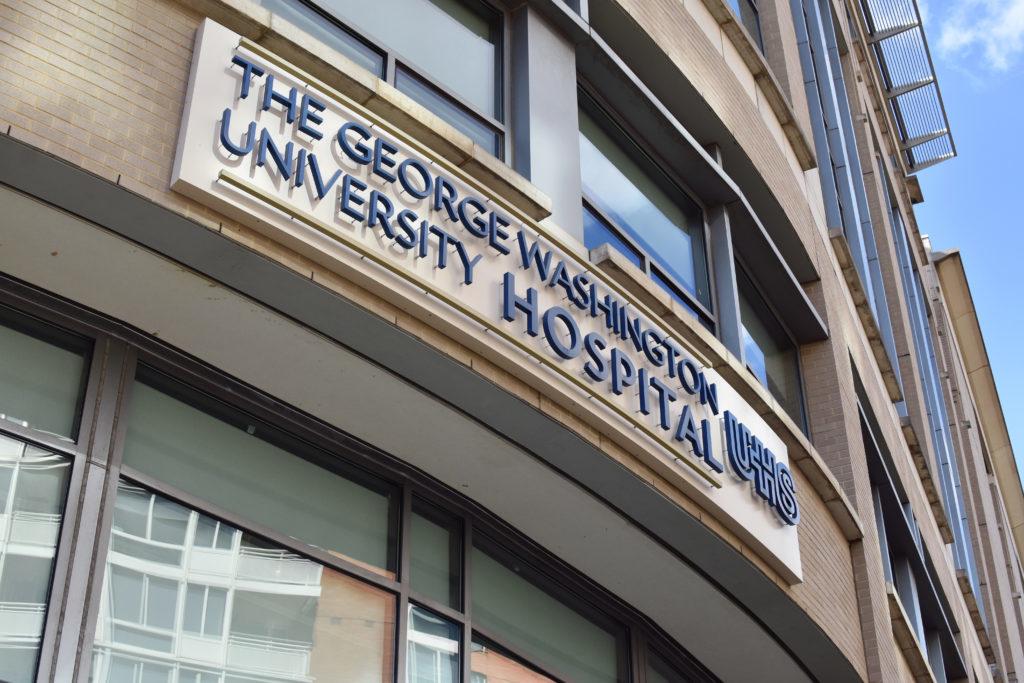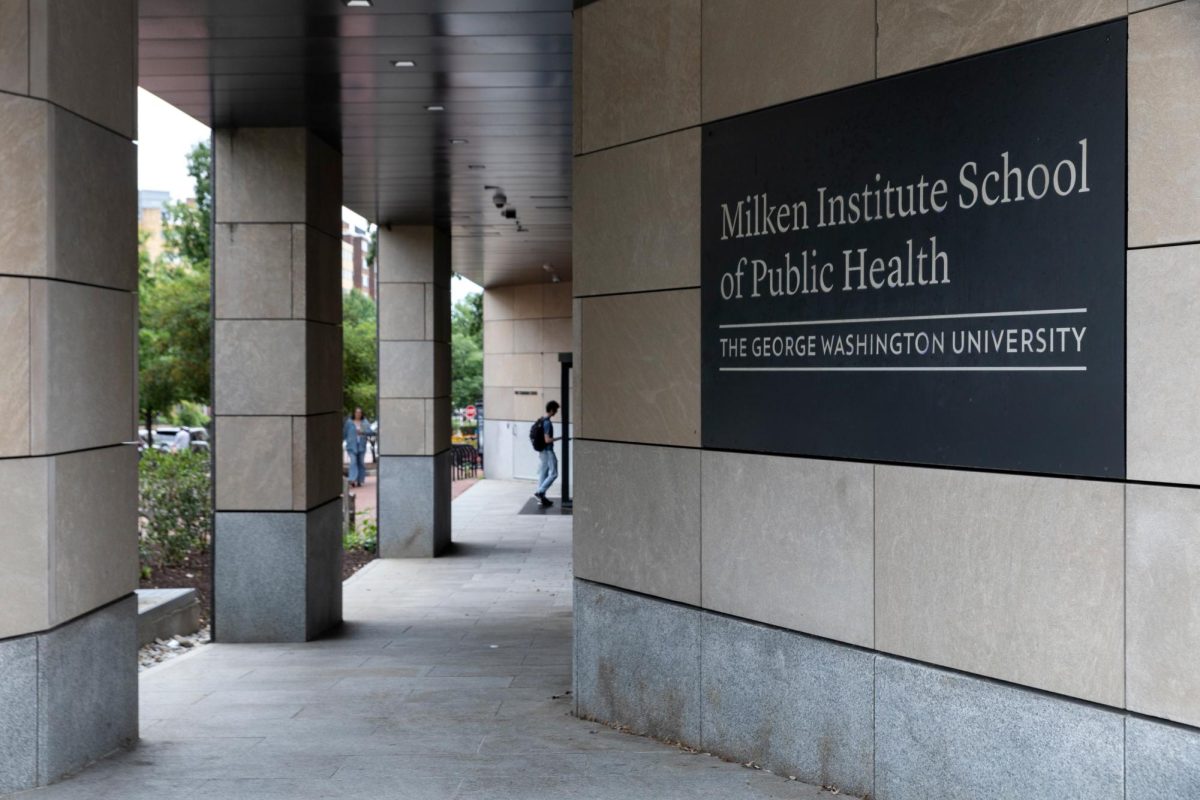The University broke ground on the future site of the Elliott School of International Affairs building Tuesday.
The new Elliott School building at 1957 E St., to be completed July 2002, will occupy the entire block between 19th and 20th streets.
The need for construction of a new Elliott School building became inevitable to both school Dean Harry Harding and GW President Stephen Joel Trachtenberg in recent years as the number of applicants to the school rapidly increased, Harding said at the groundbreaking.
He added the building’s placement will benefit students in the Elliott School, which is currently squeezed into Stuart and Lisner halls.
The new location of the school will put students blocks from the (International Monetary Fund) center and the World Bank, directly next to the new Red Cross building, a short stroll from K Street, which is home to many international industries and a Metro ride away from numerous other government offices, Harding said.
He predicted employment opportunities would abound at the new facility.
Along with the State Department and the U.S. government there will be many new resources made available to the students for internships and later employment when the new building is completed, he said.
The facility will include the new Elliott School building, a residence hall and extra classrooms for executive education programs run by the University.
Elliott School students will also have the chance to experience a new kind of living and learning in the building, said Kelly Snyder, Residence Hall Association president, at the ceremony.
The new building will create more space for the growing number of students, both academically and residentially, she said.
Students will be able to move into the new residence hall in fall 2002. The residential space will not be restricted to Elliott School students, said Edward McCord, associate dean of the Elliott School.
What we’re hoping is that if we have an international affairs residence floor in the future, we can put it there, McCord said.
Three research centers, including the Sigur Center for Asian Studies, the Center for International Science and Technology Policy and the Institute for European, Russian and Eurasian Studies will be housed in the building, McCord said.
The residential areas and the top floor of the building, which will house the University’s executive education program, are the only parts of the building not dedicated to the international affairs program, McCord said.
He added the building will give the school needed room for expansion.
We are right now very cramped for space, McCord said. It’s mainly going to allow us to provide more services for the students.
Students said they are looking forward to using the new facilities.
A lot of the students are talking about the new building, said freshman Amie Smit, who works in the Elliott School. There is a noticeable positive attitude shared between students and faculty whenever the construction is brought up.






